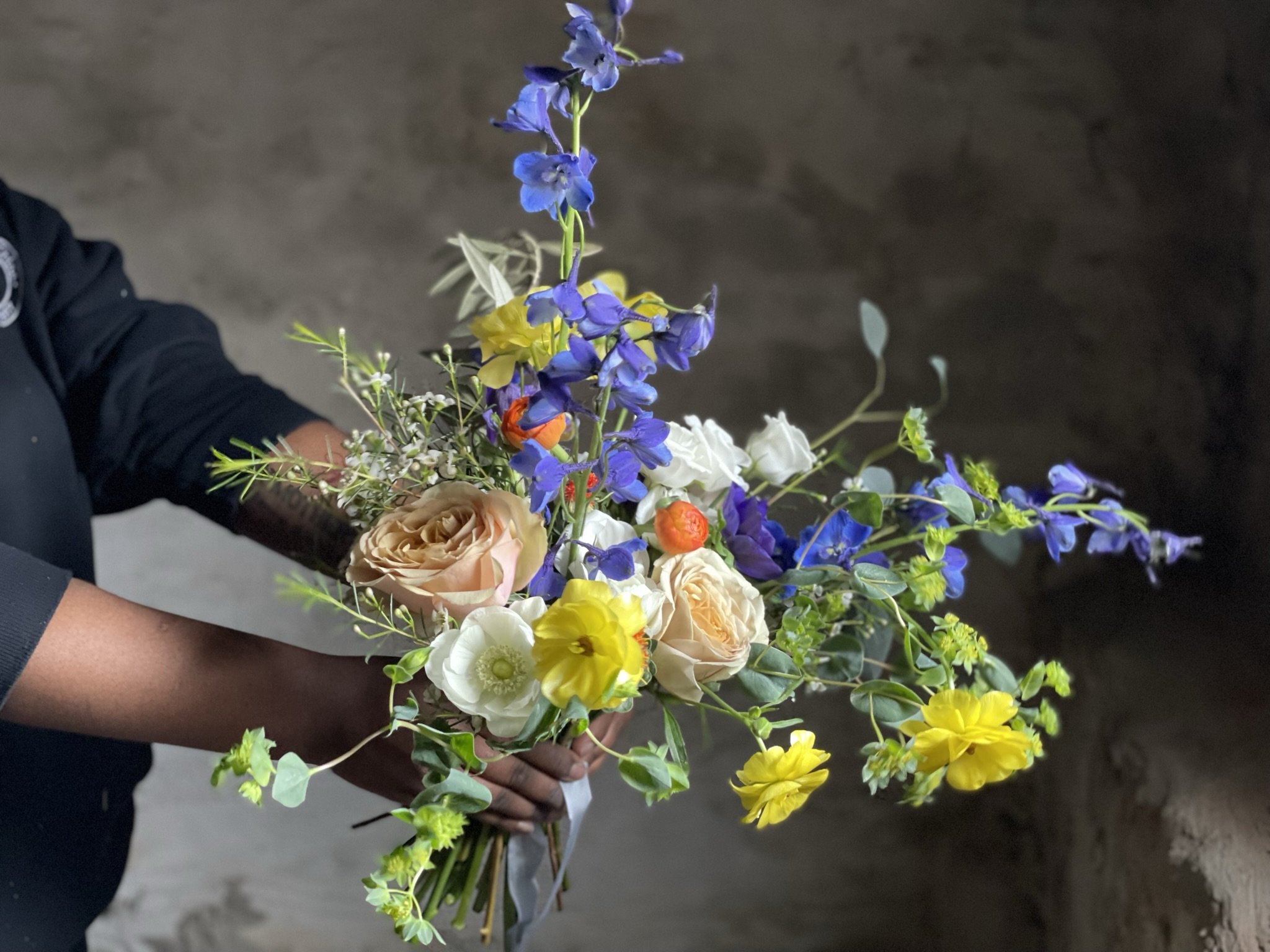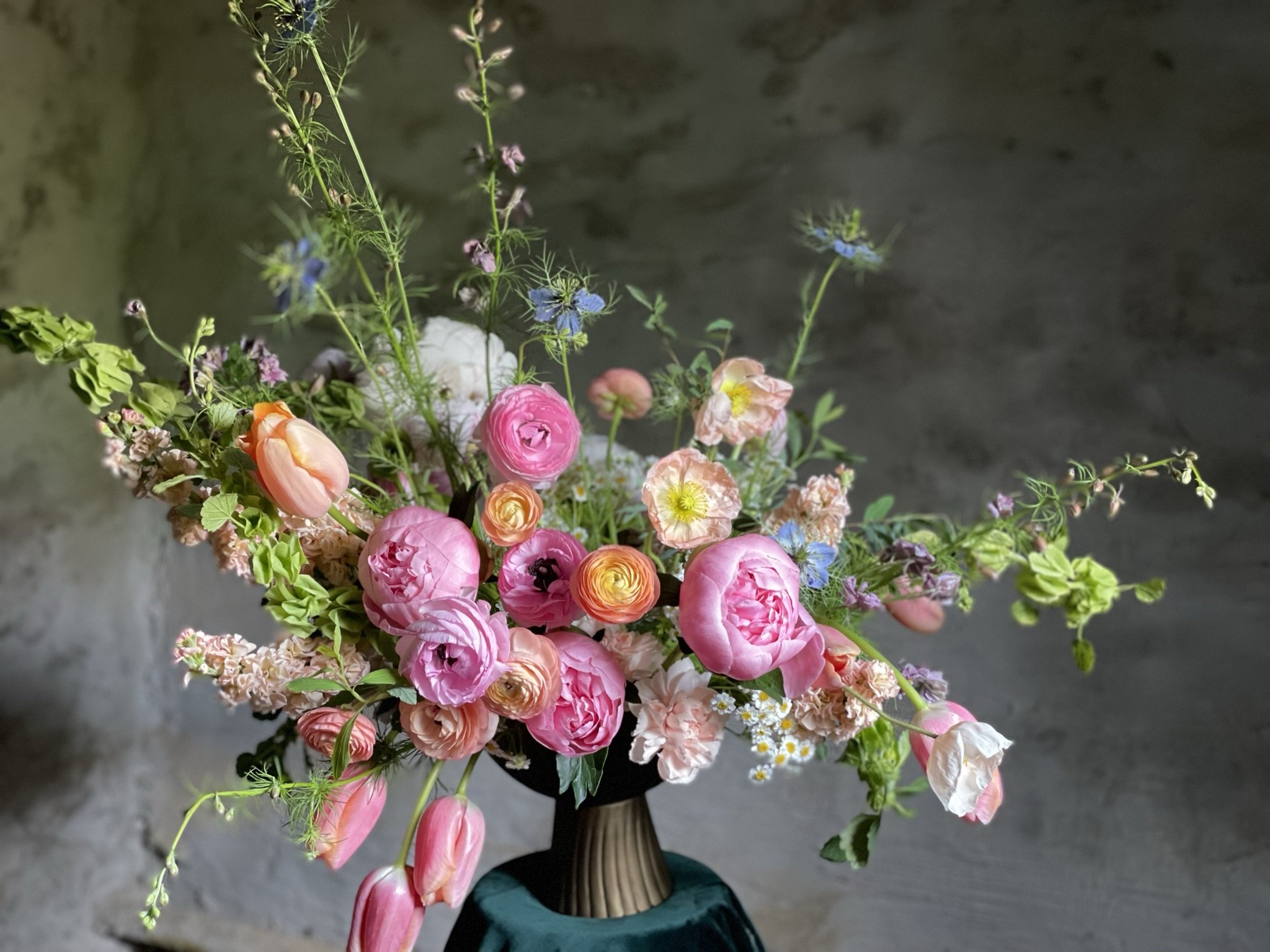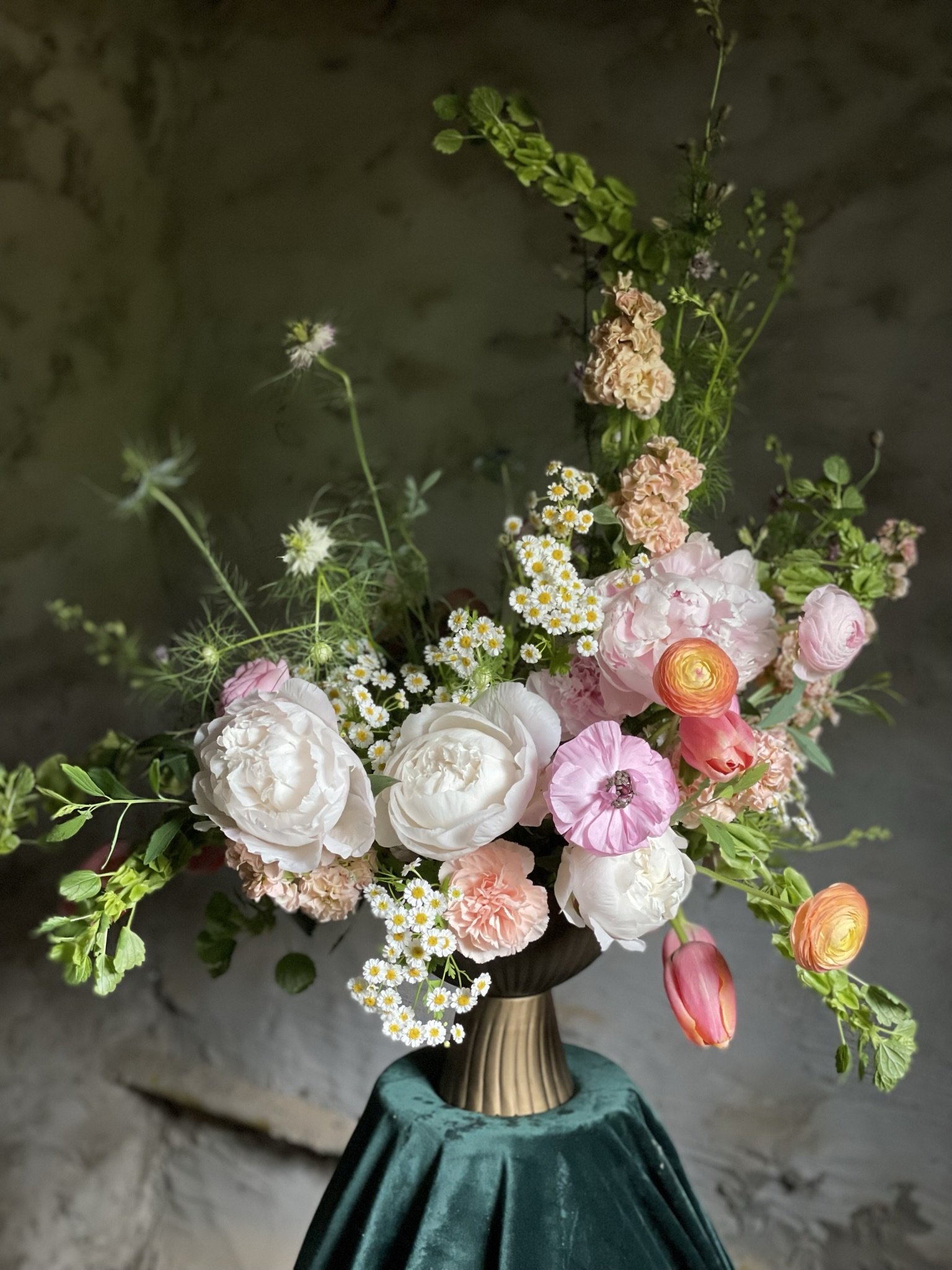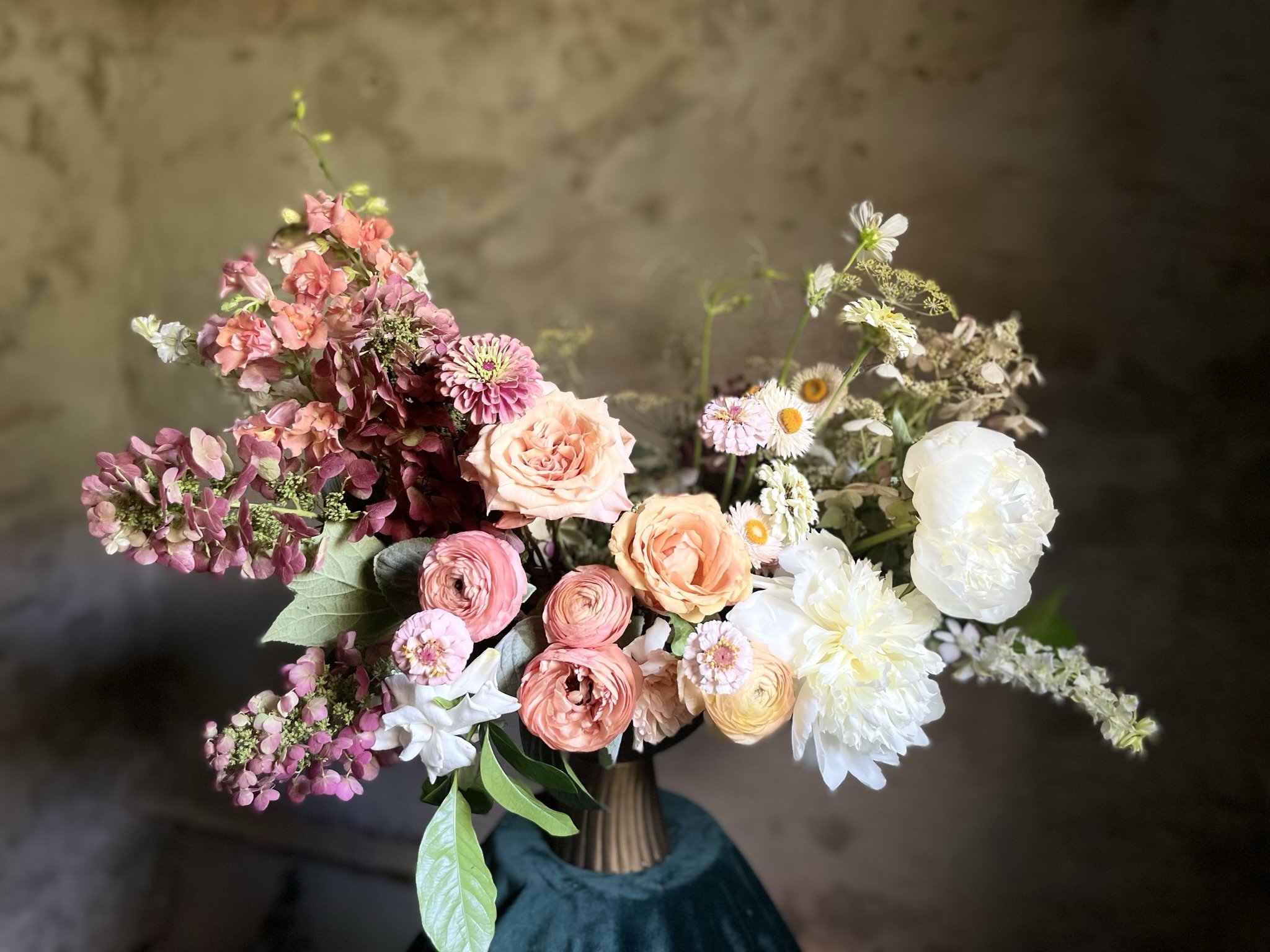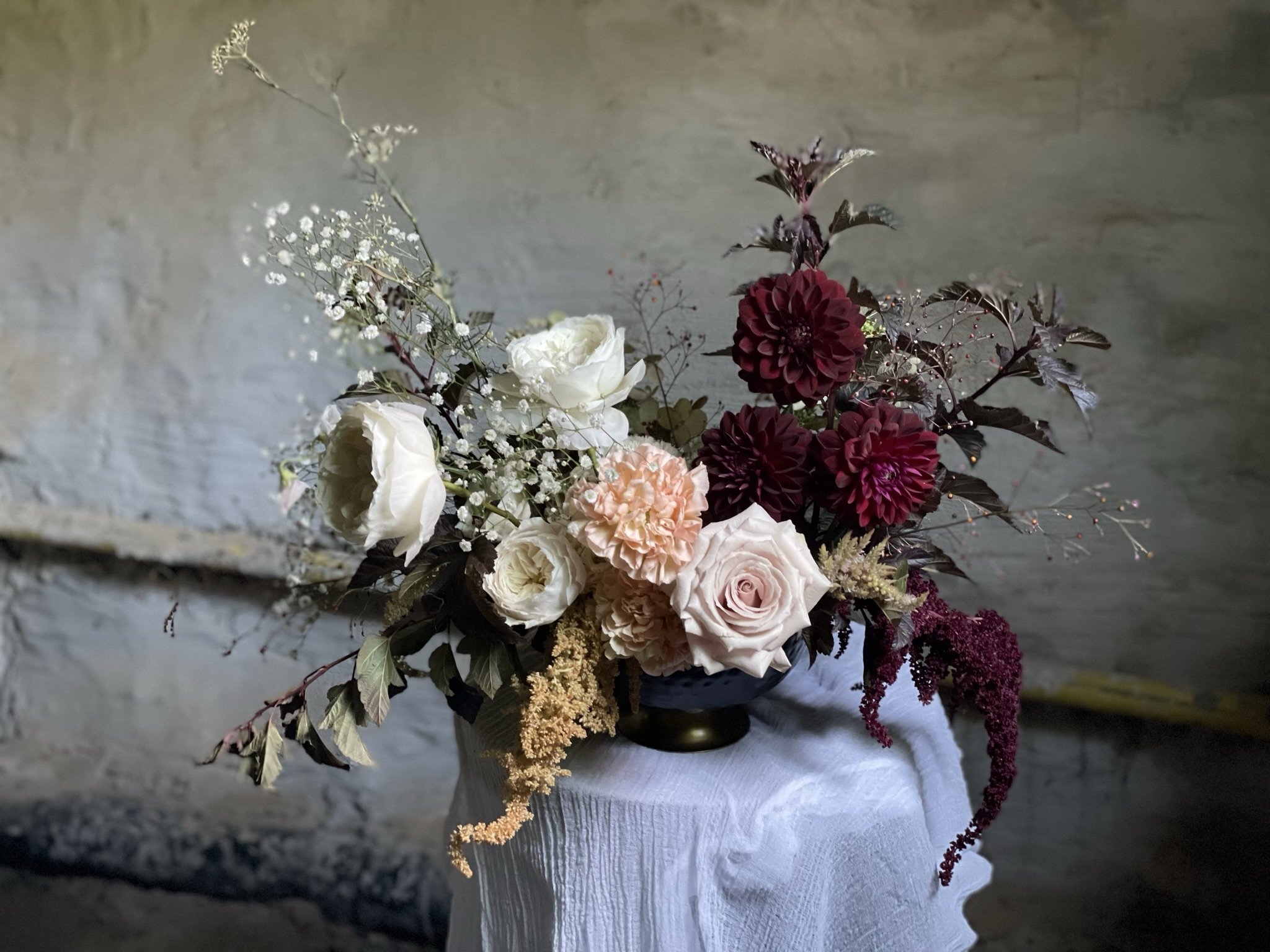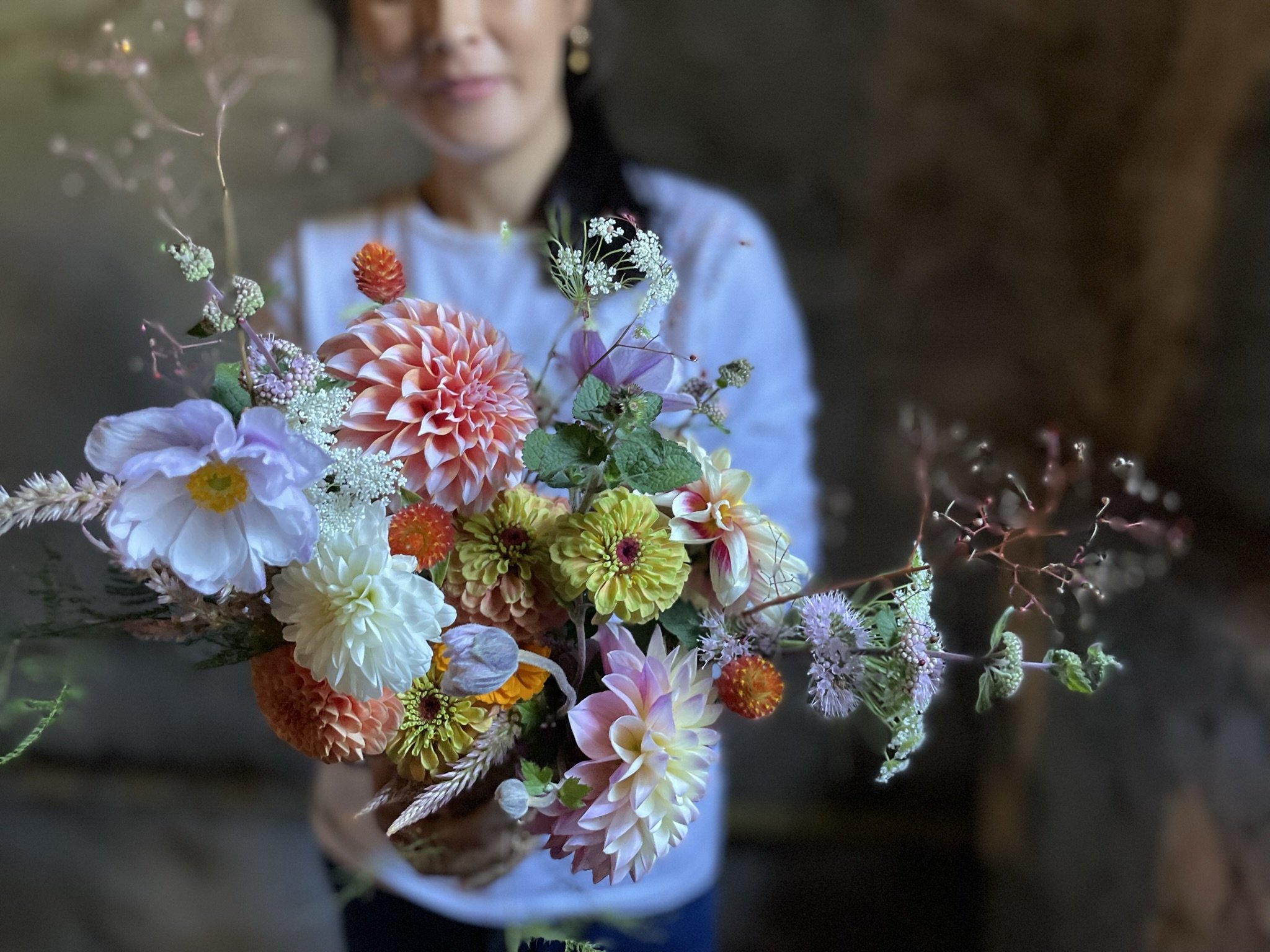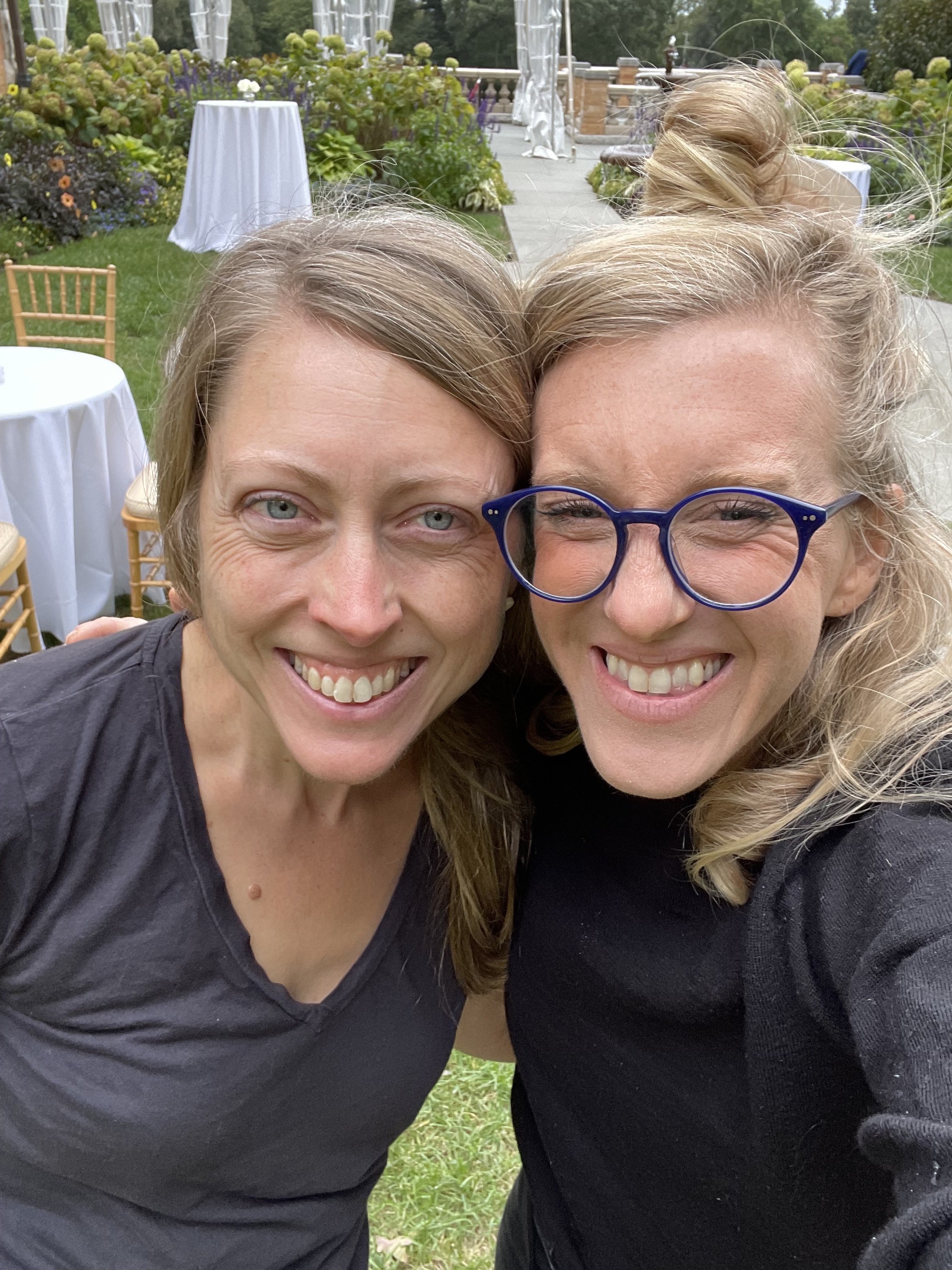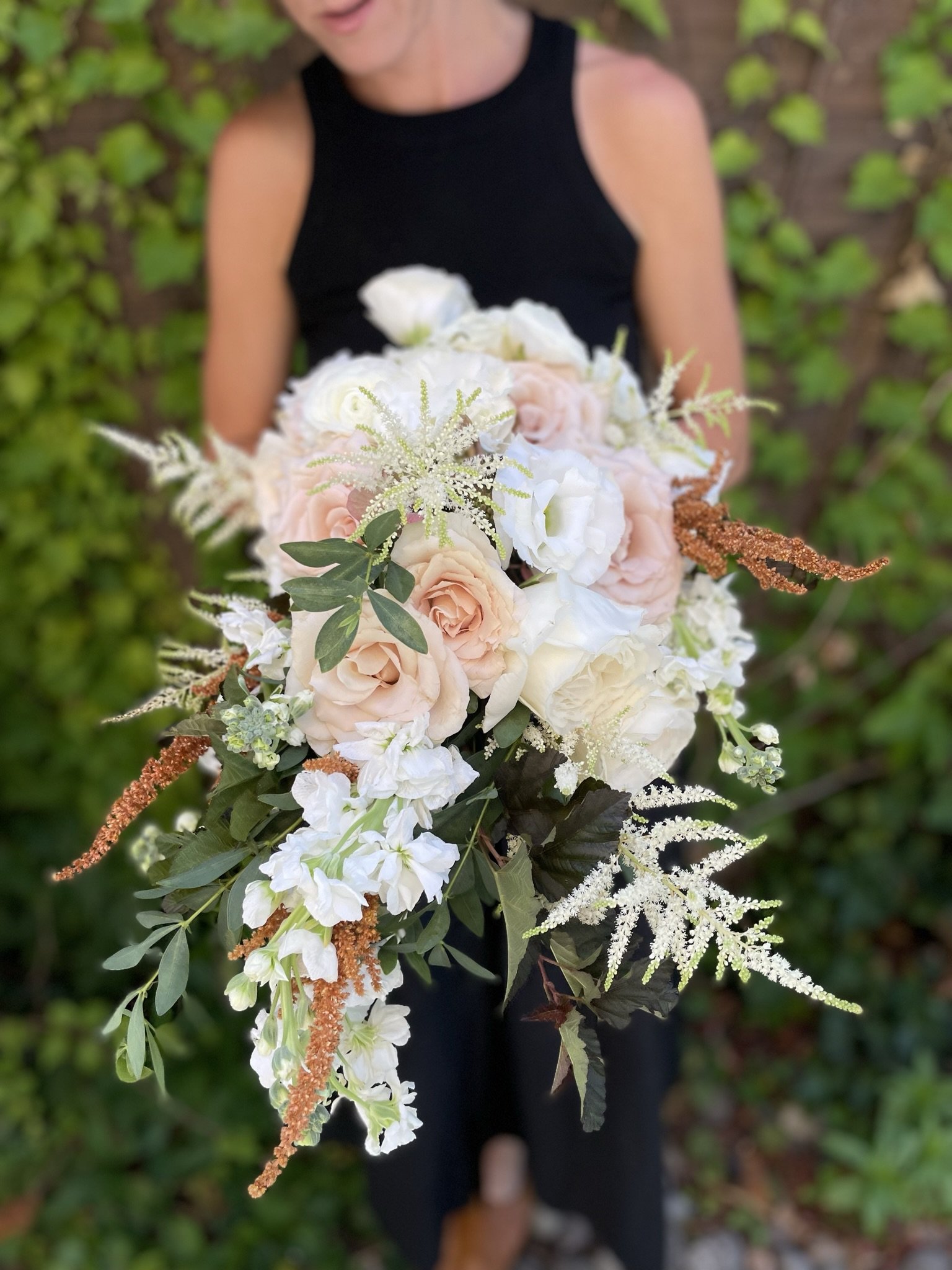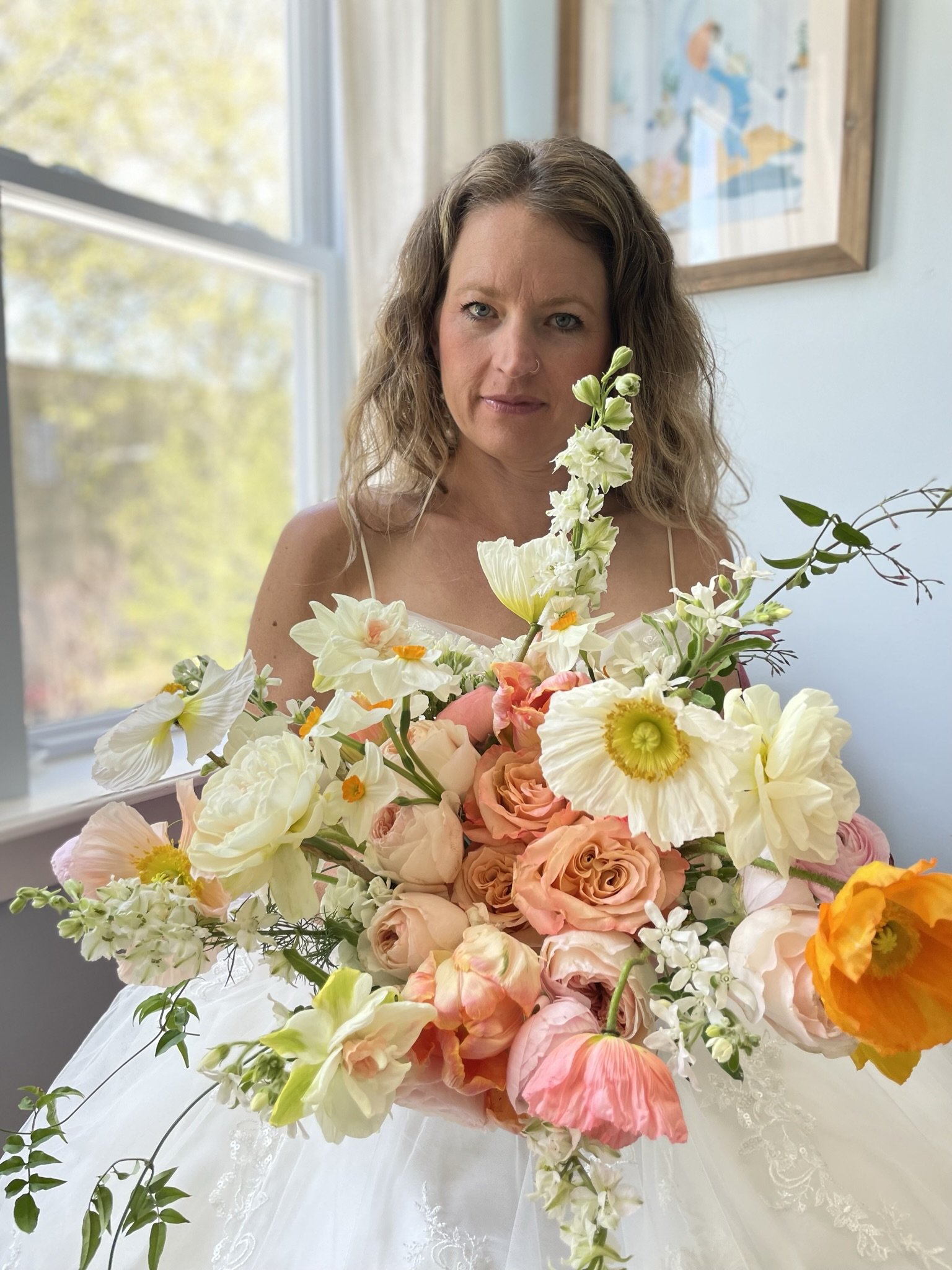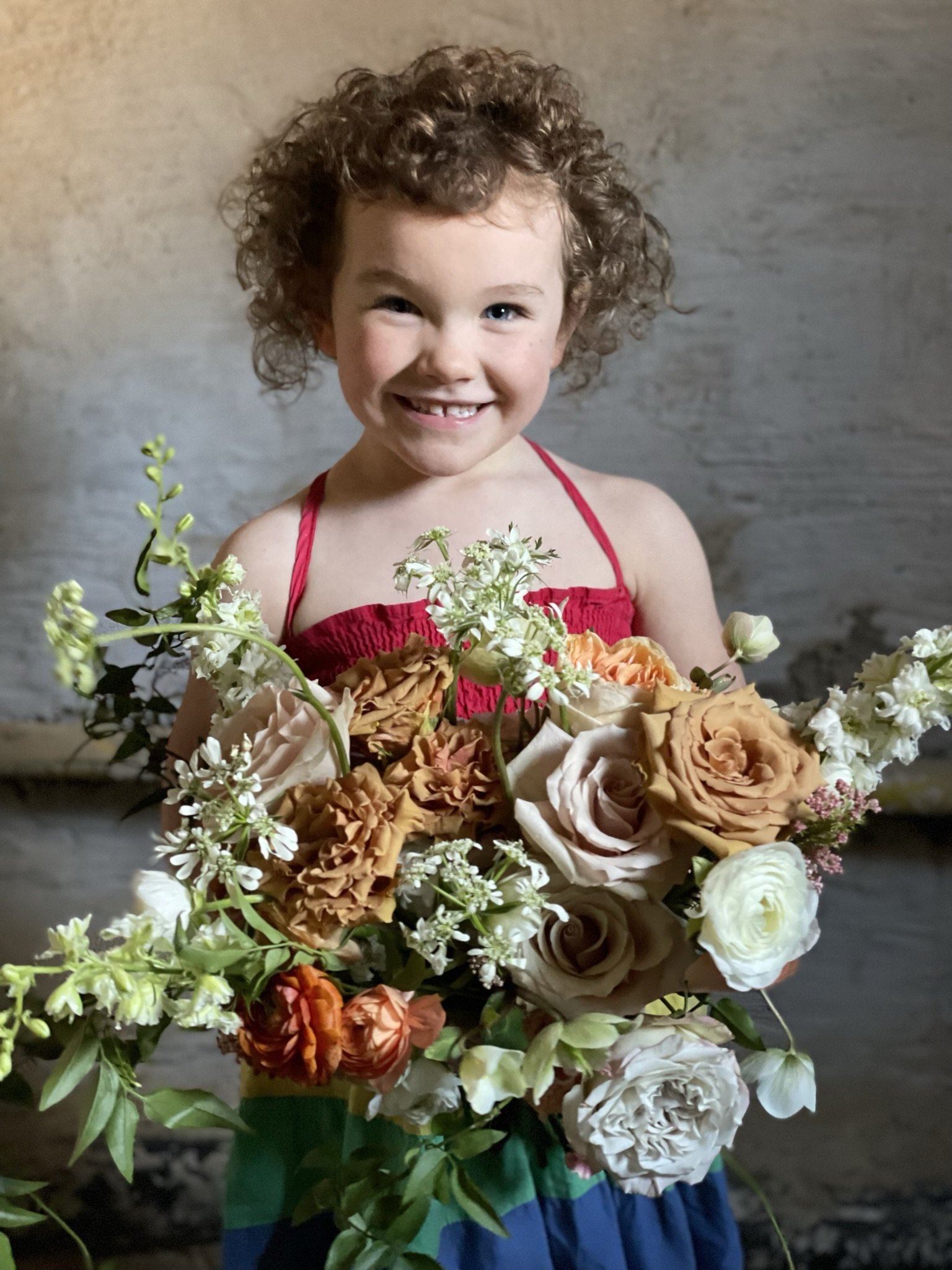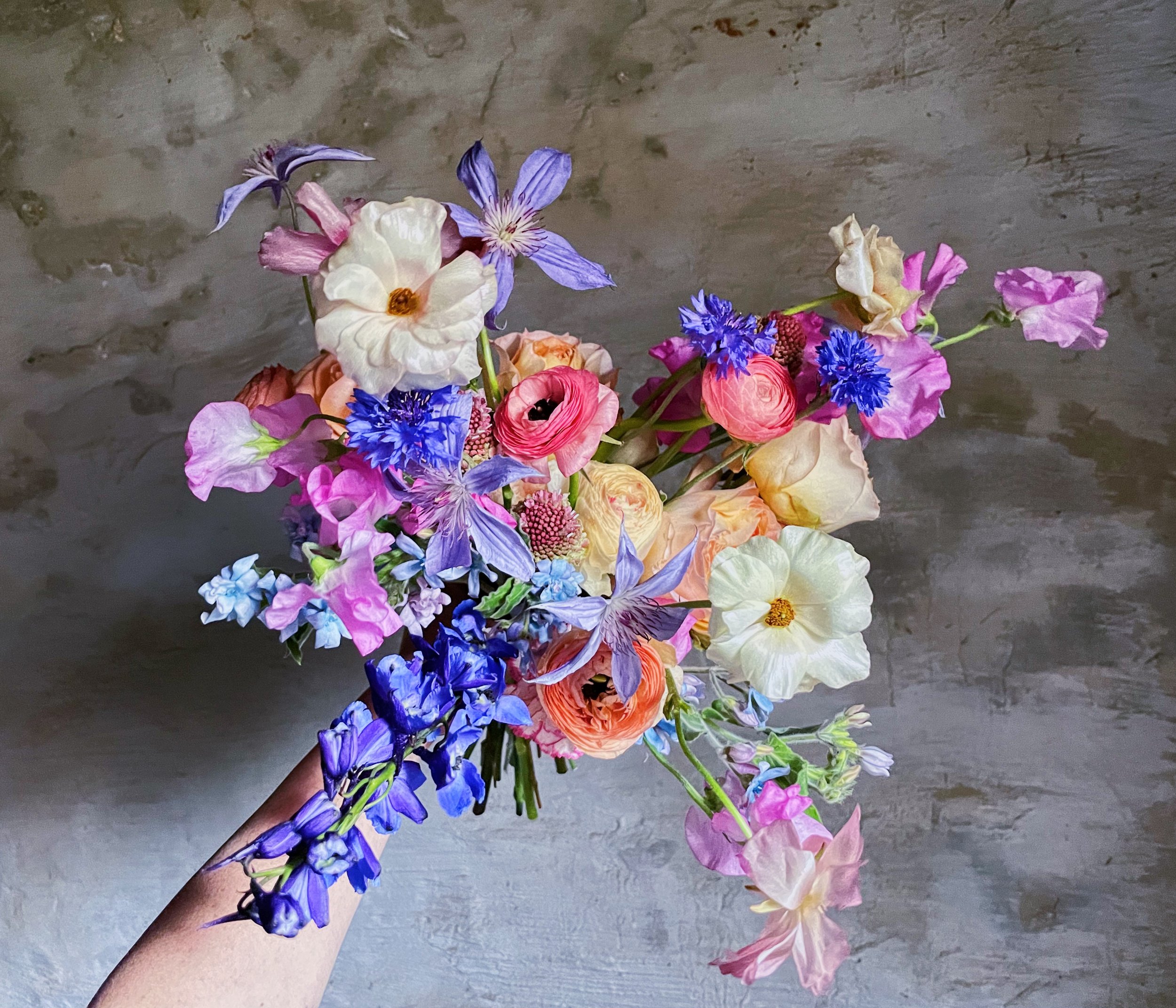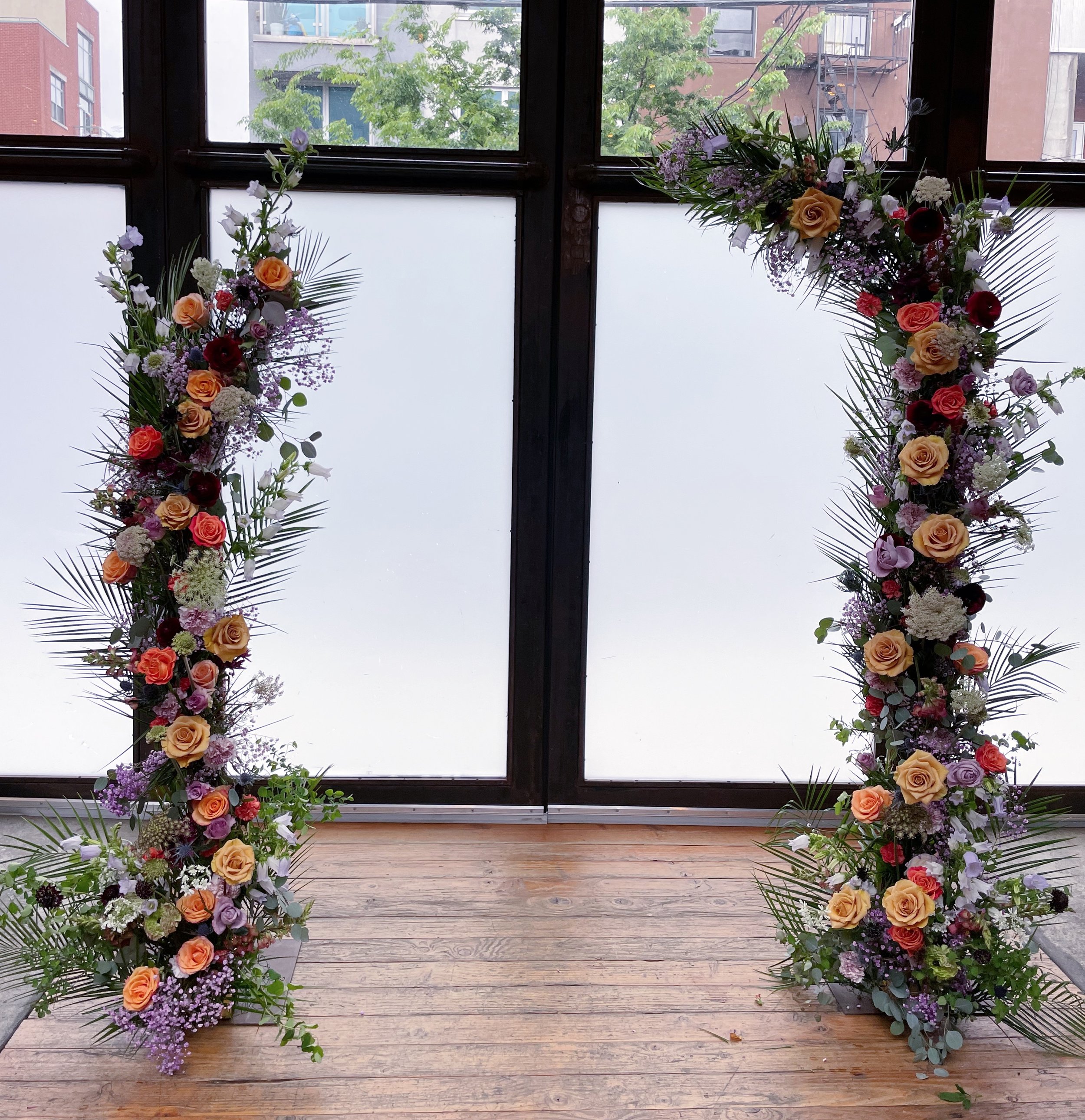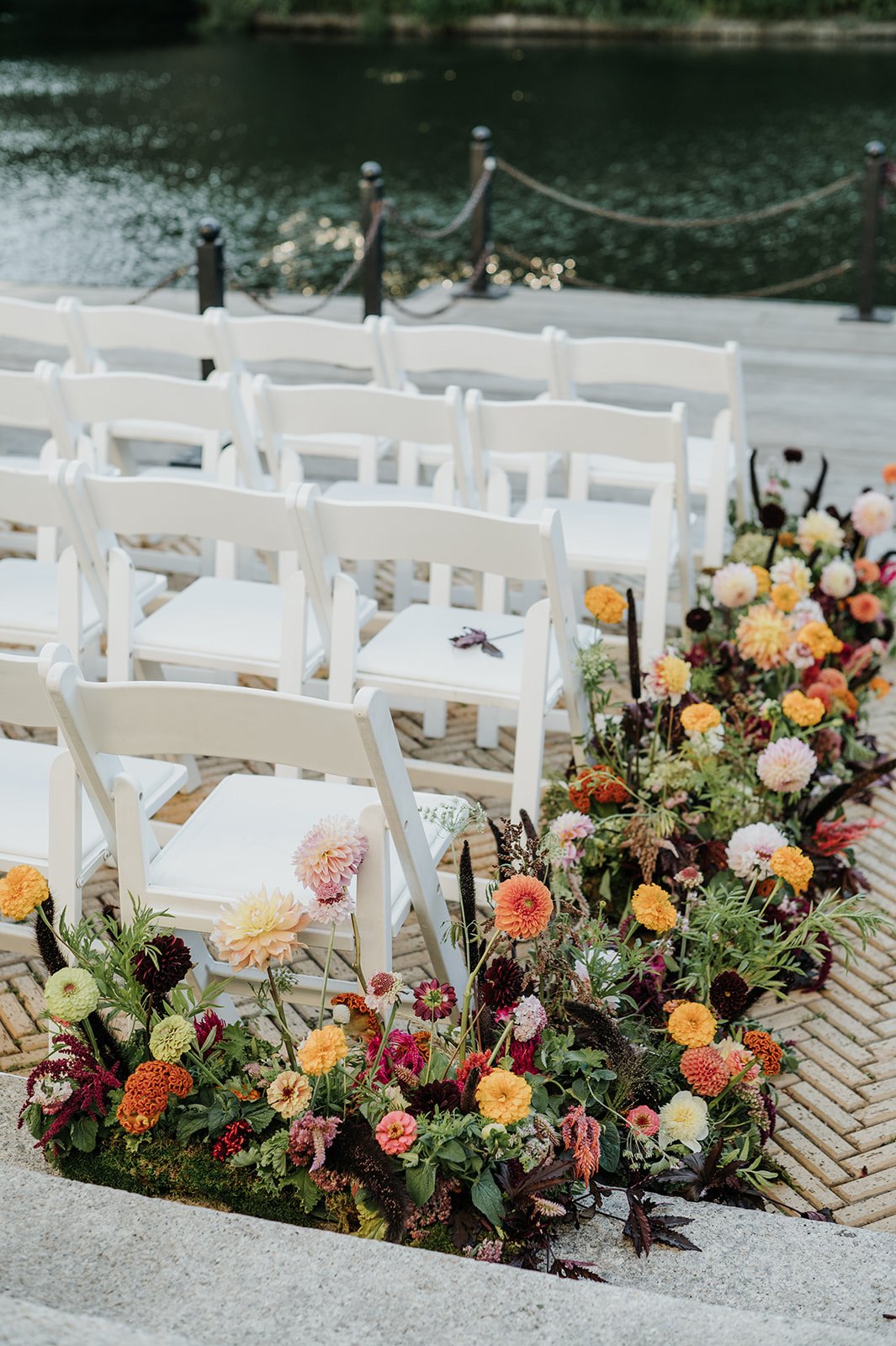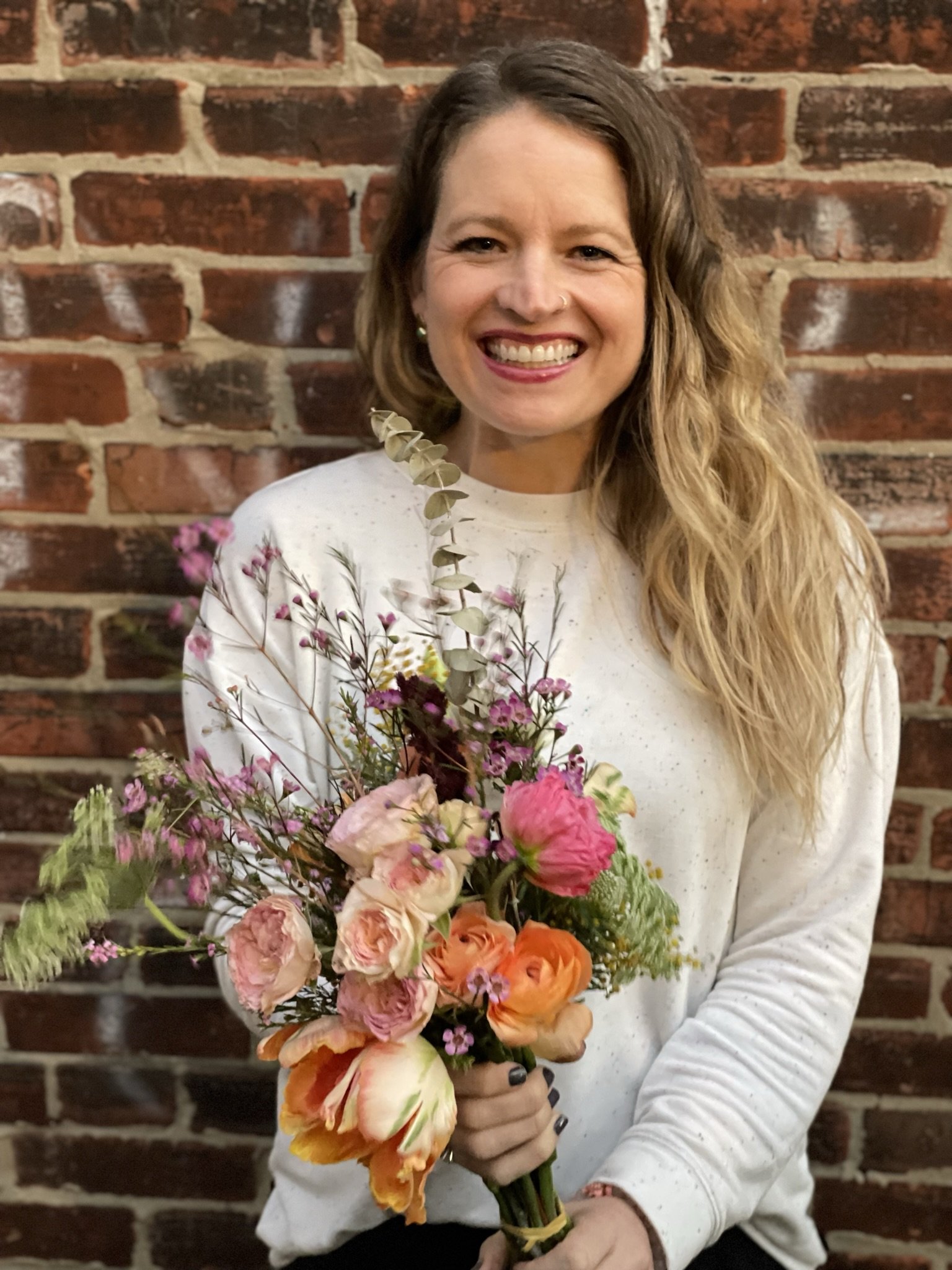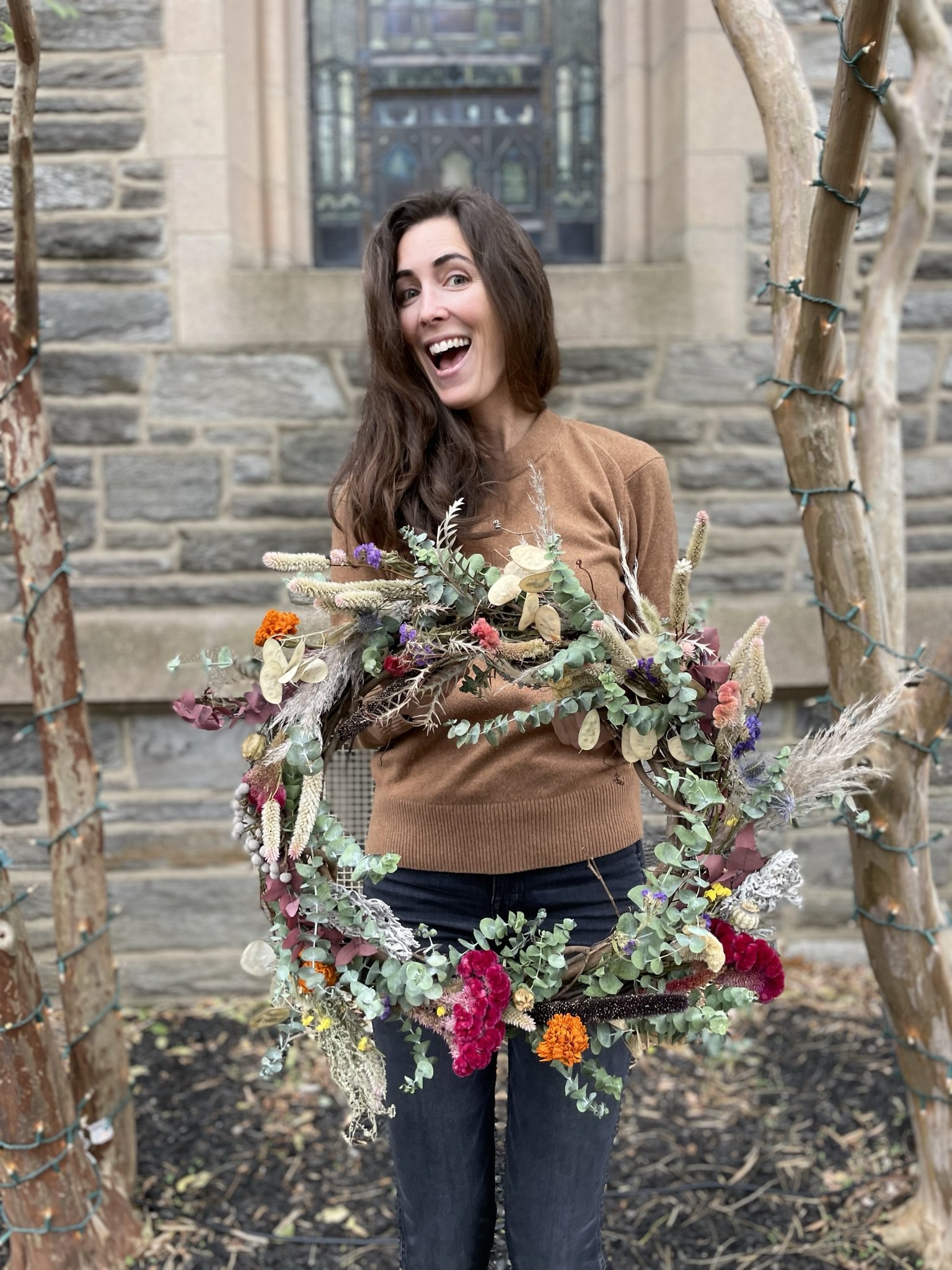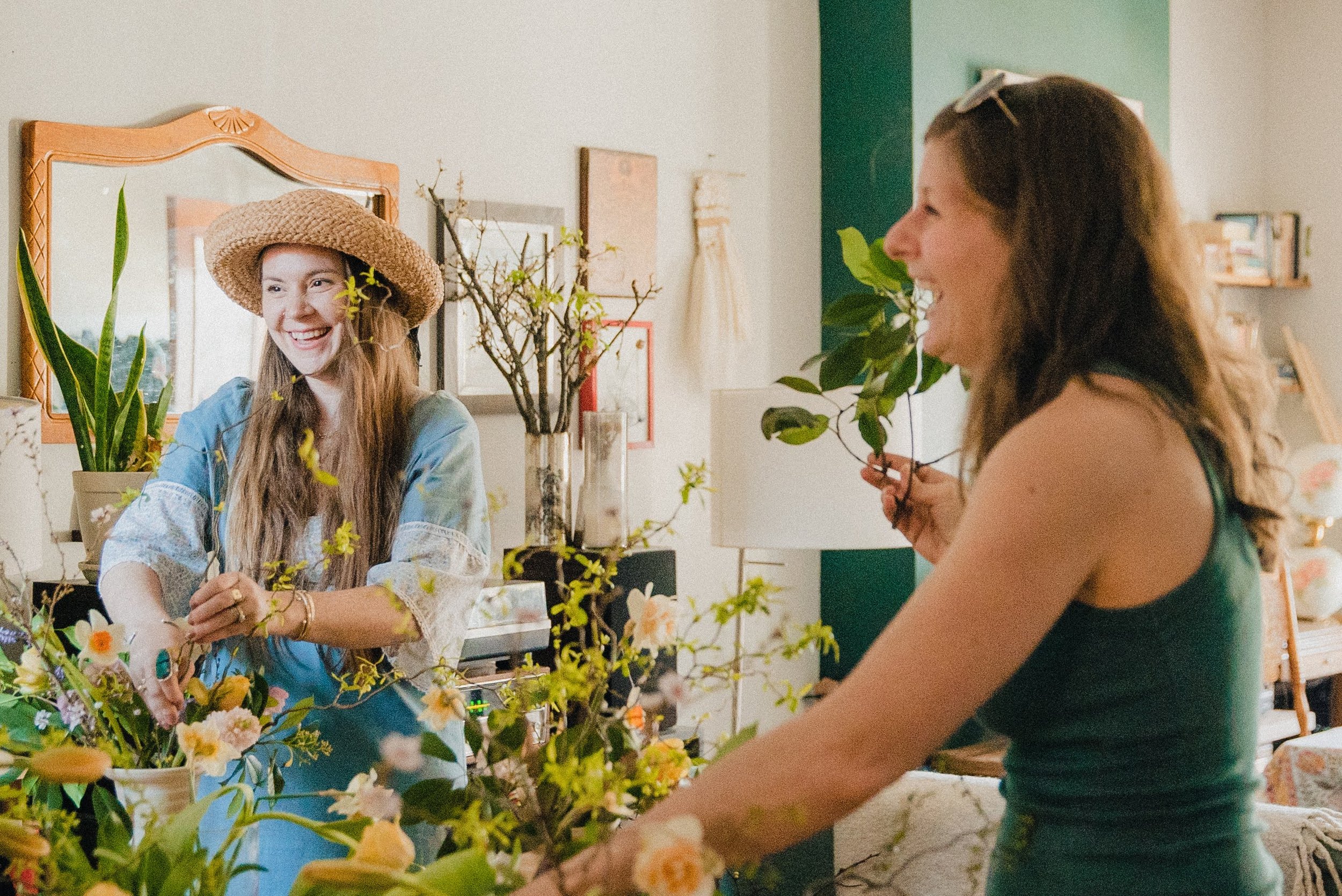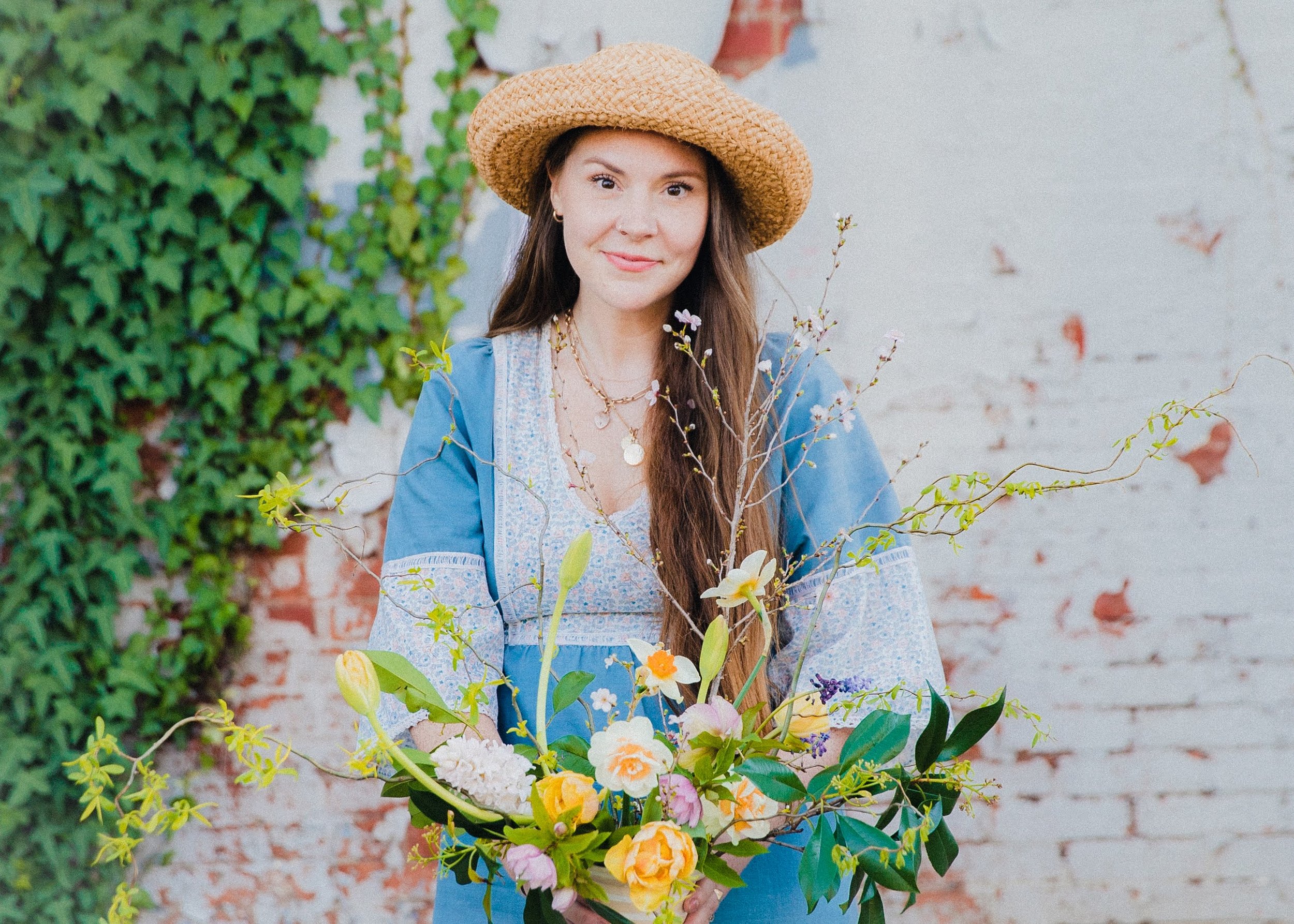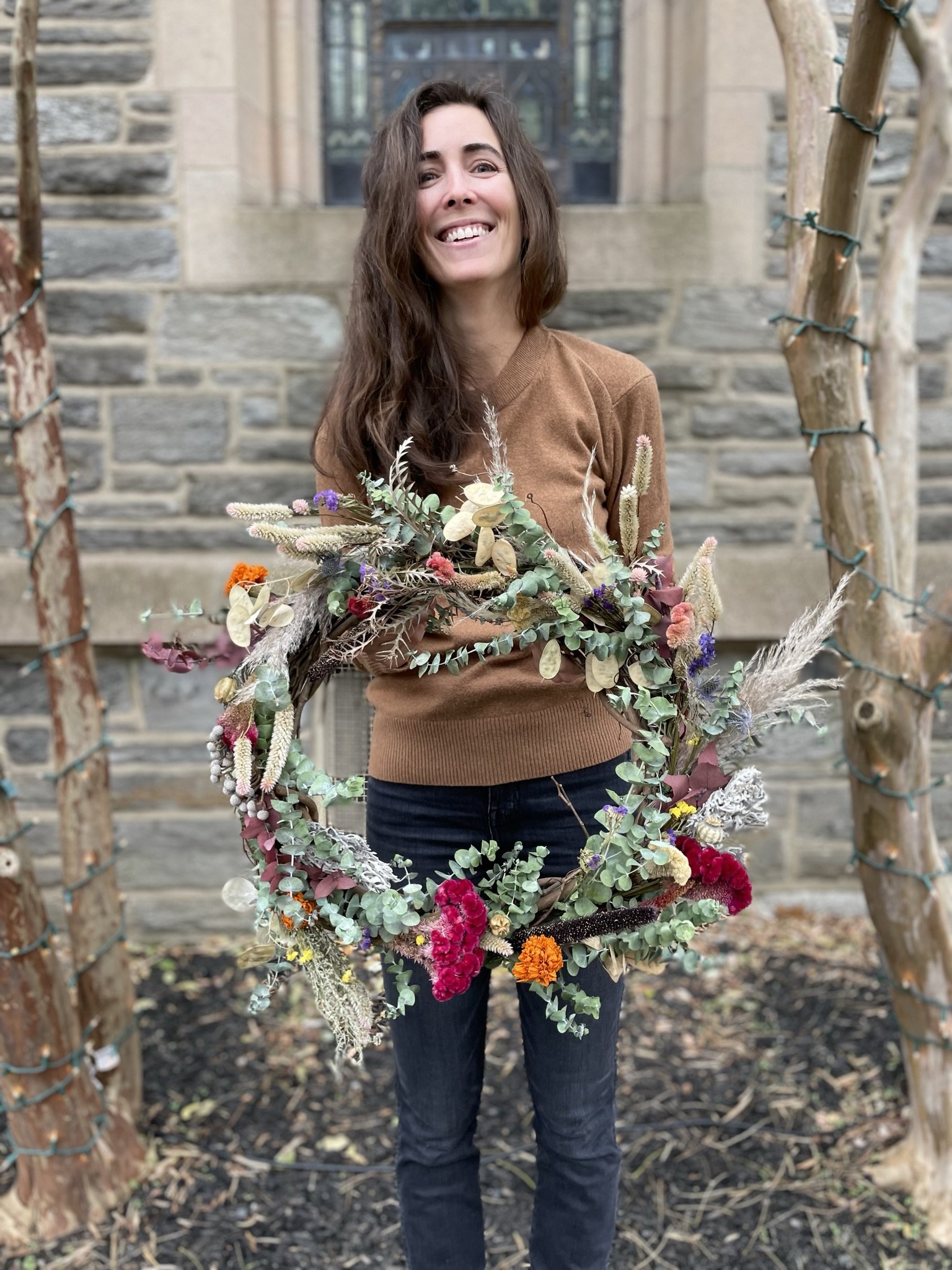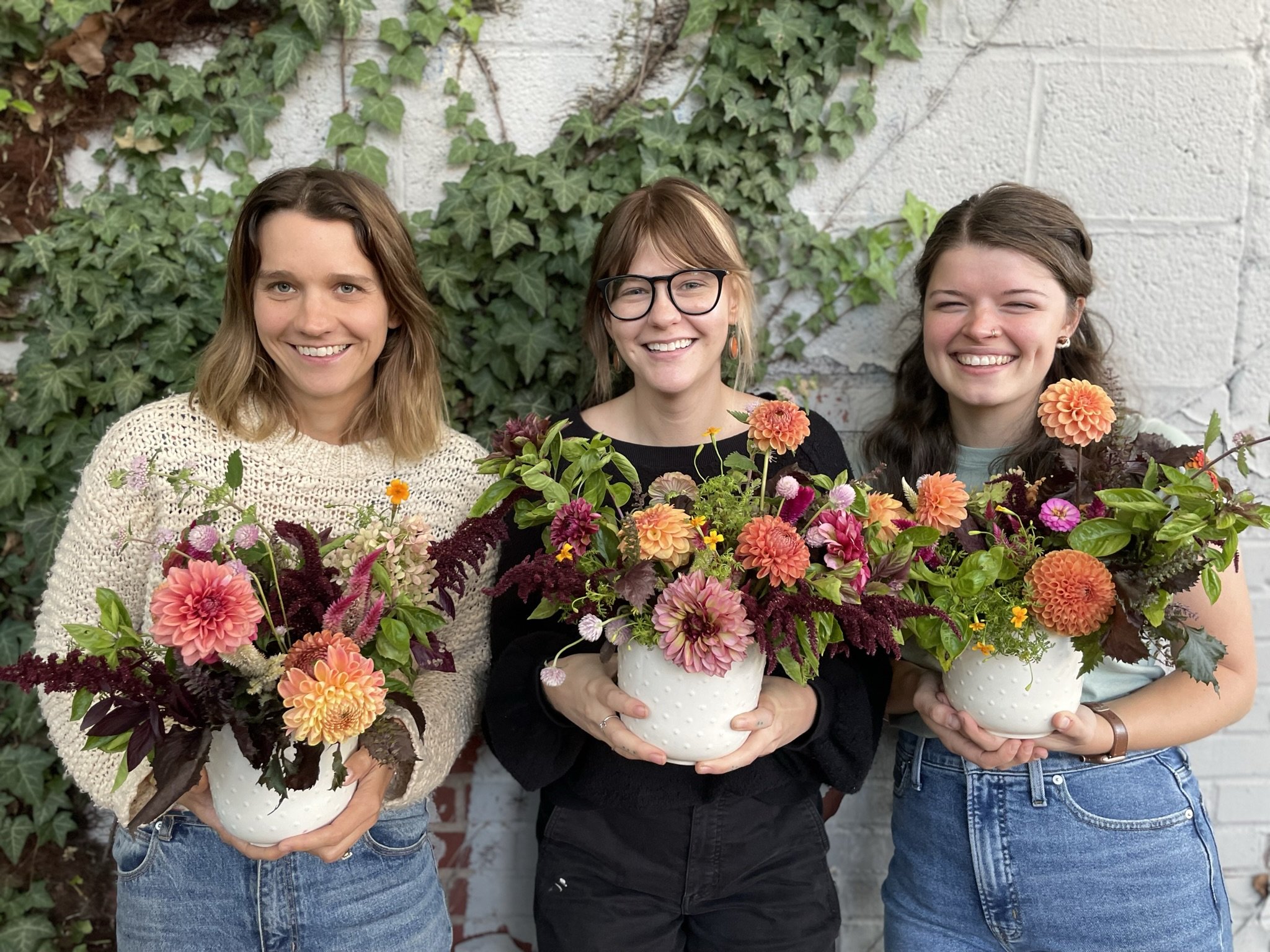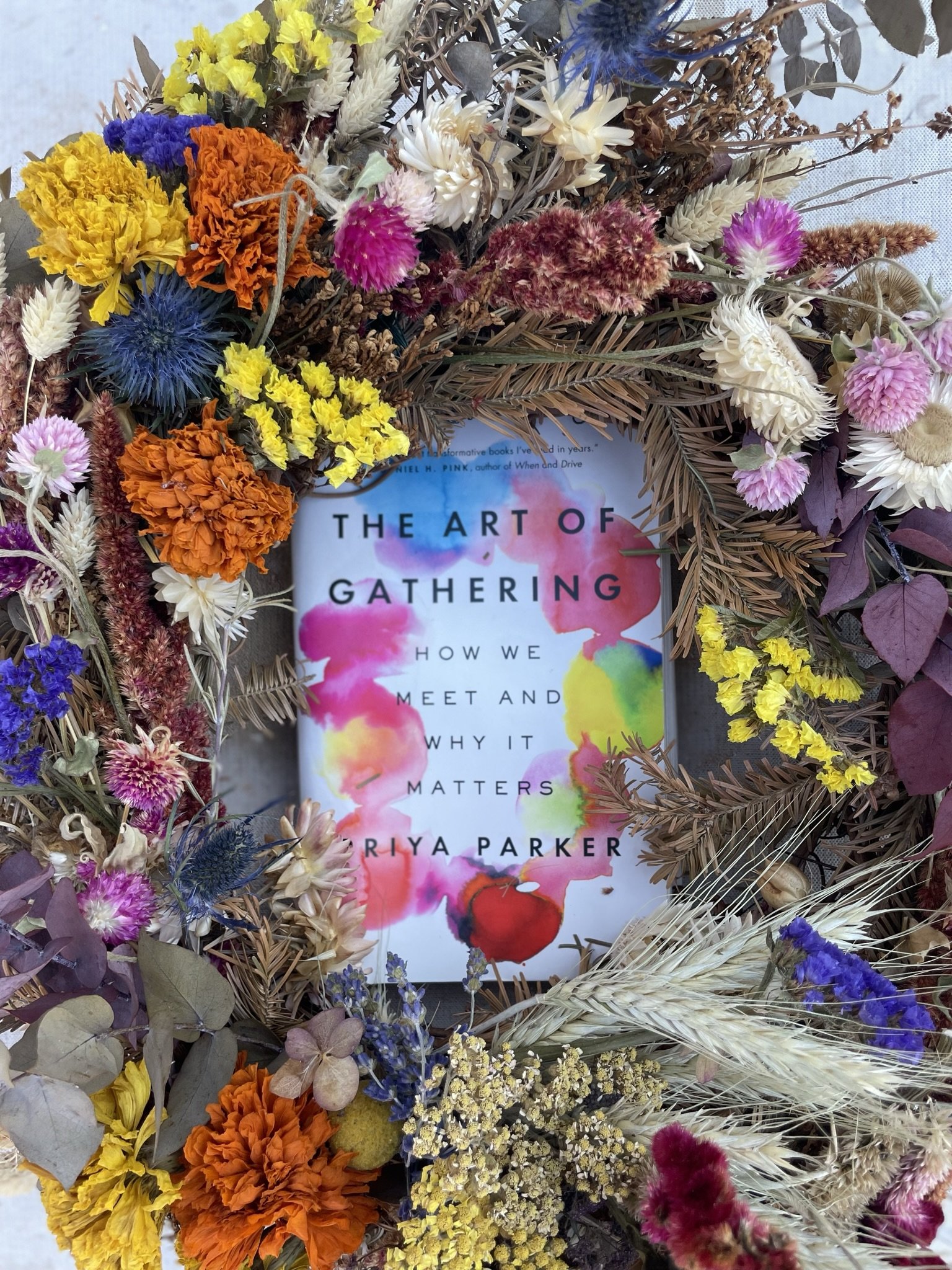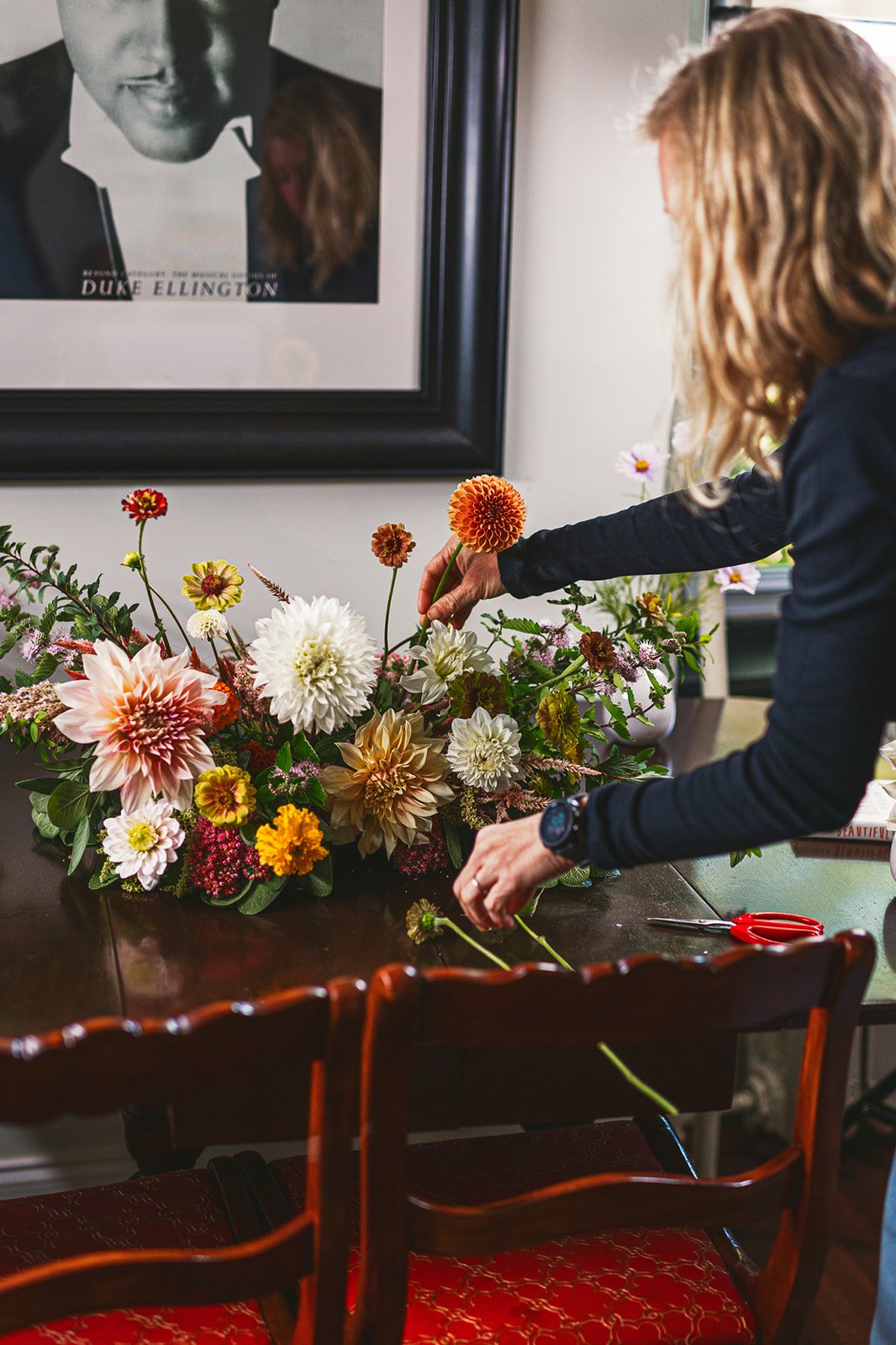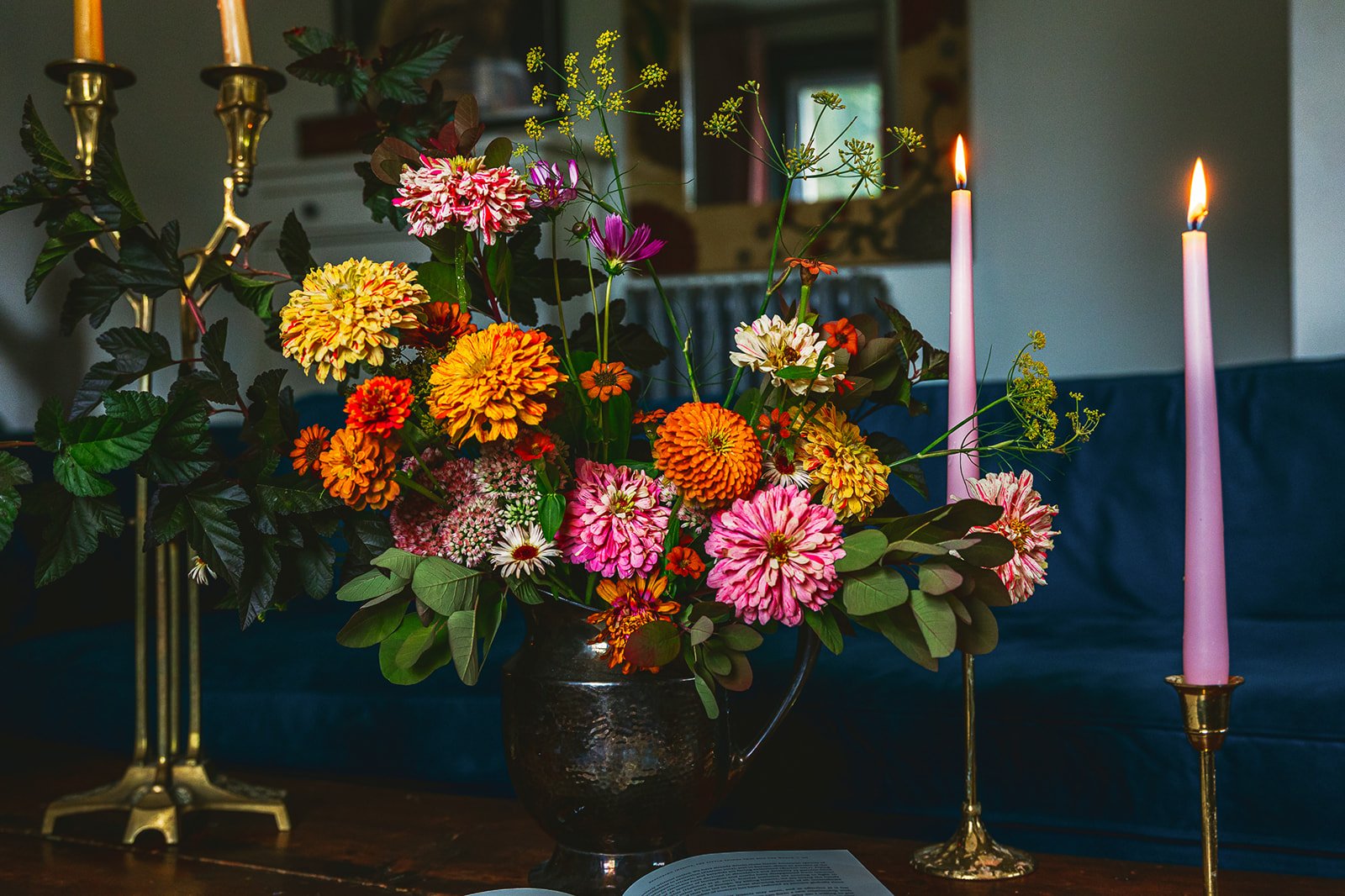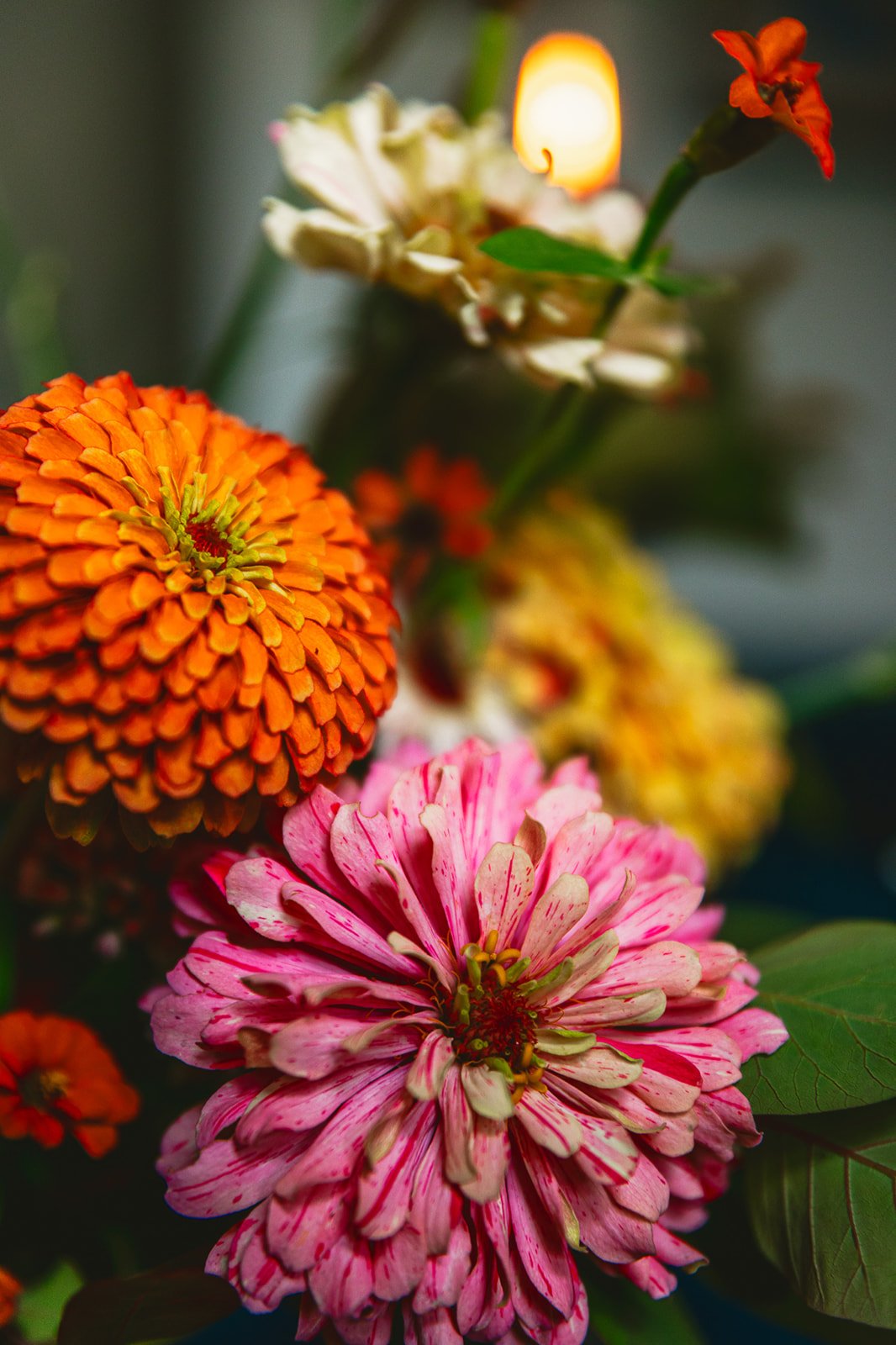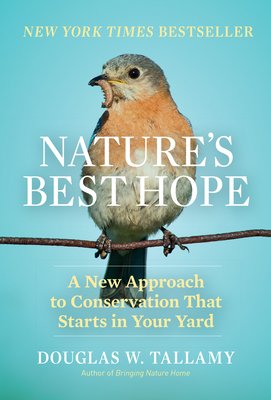Looking Back on 2022
The annual review is my favorite blog post of the year. While, it is a way for me to archive and track each year’s accomplishments, my aim in sharing it is also to encourage those who may be struggling in similar areas that I do. January is a great time to reflect on the things that worked well during the year and the things that did not in effort to make goals and plans for the next.
2022 allowed me the the privilege of completing 37 weddings and events for couples and clients across Pennsylvania, New Jersey and New York. With each celebration, I was able to provide unique varieties of flowers, the majority of which were American grown. Cultivating relationships with growers exceeded my expectations as I connected with and purchased most of my blooms from 14 local farmers around the Philadelphia and South Jersey region (Buds and Botanicals, Blushing field, Farmer Lady Flowers, Flores Temporis, Ford’s Nest, Hickory Grove, Jig bee, Kemble and Clover, Laughing lady, Love’ n Fresh Flowers, Lunaria Gardens, Spada Flora, Spring wind Farm, Unique Gardens). Hiring more freelance help for my weddings, hosting intimate gatherings and participating in the Love’n Fresh Flowers cohort were some of the things that made the year deeply meaningful.
The following images capture the arrangements, people and gatherings that made-up such a flourishing year.
Cosmos grown at the Love’n Fresh Flower Farm
Centerpieces
Over the course of eight months (March- October), I created over 480 centerpieces. Below are just a few of my favorites!
First Wedding of the year in March
For Aiden and Joe at Brooklyn Winery
A fall arrangement with florals all sourced from my garden
A summer wedding with Alaskan grown peonies and pops of blue
Spring wedding at the Wythe Hotel in Brooklyn
A summer welcome table arrangement
Easter Sunday flowers
Late summer wedding arrangement
Flowers in memory of Dr. McFarland, my beloved friend’s father who passed away in May. All florals from this image were grown in my garden.
Autumn wedding at Di Bruno Brothers
Autumn wedding arrangement
Arrangement for a Wabi-sabi inspired wedding
People
The success of the 2022 wedding season was made possible by the many helping hands of my incredible freelance team. I had 18 people help me throughout the wedding season. To Ali, Annamarie, Becca, Beth, Cassidy, Christy, Genny, India, Jeremy, Kam, Karol, Kristen, Laura R, Laura S, Lindsie, Nora, Olivia, Rachel, Thank you!
Nora (not her real name), an Afghani refugee connected through the Nationalities Service Center Philadelphia who freelanced for me during my fall wedding season.
Cassidy has helped me with so many weddings this past year and I am immensely grateful for her gifts and spirit! Looking so forward to 2023!
Laura Swayne who I met through a Team Flower workshop years ago came for a visit and we created beautiful arrangements togehter!
Inida, what a joy and talent you have!! Excited to have you back for 2023!
Rachel is both my dear friend and neighbour. She has a natural gift for florals and it is inspiring!
My lovely mom, holding a bucket of dahlias grown in NJ!
Annamarie helped me with so many of my NYC weddings this year. I don’t know what I would have done without her!
Another pic of Rachel and I after a wedding at Cairnwood Estate!
Bouquets
I made 135 bouquets in 2022 and often recruited my friends to model them for me. Below are some of my favorite pics!
September wedding with only local flowers
White and green wedding bouquet
Cascading bouquet
A bouquet that includes everything I love about spring
First bouquet of the year!
Late Fall bouquet with Cosmos as a focal
Summer bouquet for a wedding at Please Touch Museum
Bouquet for an NYC courthouse wedding
A colorful spring bouquet
The Cohort
Each year, I invest in a professional development opportunity and for 2022 I wanted to find a floral guide who would serve as a mentor and also share my value for sustainable practices. When Jennie Love of Love’n Fresh Flowers announced the application for her 2022 cohort, I knew it was the perfect fit. I can truly say that I learned so much from my experience under her teaching and formed so many wonderful relationships through the program. Here are some pics and highlights from our time.
Installs
Installations are some of the most thrilling floral designs as they are so architectural in nature. I completed 28 installations this past year including everything from arches to hanging ceiling florals.
Mandap for a beautiful Hindu wedding
Upstate New York wedding
Sourced 100% locally
A beautiful wedding in Horsham, PA
Wedding at the Brooklyn Winery
Inspired by Tolkein
Mantle Piece at Cairnwood Estates
Thanks for your help Kristen!
Another favorite from the Brooklyn Winery
Prospect Park Boathouse
The Green Building
Gatherings
During the five gatherings I hosted in 2022, we celebrated the seasons through sharing meals together and creating beautiful floral arrangements. These gatherings are intimate and intentional events and I am so grateful for each person who participated. Stay on the look out for the 2023 gathering announcement.
Spring Gathering
Holiday Gathering
Fall Gathering
Spring Gathering
Spring Gathering meal
Bethany at the spring gathering
Summer gathering, photo taken my Stacey McDonald
A Year of Nourishment
2022 was profoundly different than 2021 in ways that were for the most part positive. I stopped drinking, started taking a small dose of anti-depressants, and intentionally did not take weddings during the winter season. My mental health has so profoundly felt the nourishment of these choices when I compare it to how I was feeling the year prior. Taking my cues from the cadence of the earth, working hard as it labored and toiled then resting when it entered into its natural sabbath, allowed my body to find consolation in the rhythms of nature. I look back on 2022 in gratitude and joy.
This past year was such a stark contrast to the overwhelming waters of the couple years prior, that it is was a real challenge for me to think of the things that didn’t work as well. However, when I take a deep hard look, it is the tension between caring for the earth vs. making more convenient choices that cause me to pause. Imported blooms from the wholesaler might feel quick and easy but they come at a cost. While I certainly sourced a good majority of my blooms locally, there were times that an imported rose or carnation were part of my ingredient list. Were they still beautiful? Yes, but the plastic involved in their preparation and the length of travel they underwent did not serve the earth or those receiving them to their full potential.
Every flower shipped weighs on my conscience which is why my 2023 goal is to only source American grown flowers with the majority grown hyper local. Luckily, so many couples are continually choosing seasonal options. As I look ahead and consider a word to hold at the forefront of my year, I am choosing the word, “Special.” The earth has given us so many special gifts and my hope is that with each bloom encountered through a wedding or gathering, will make those who receive them feel the same.

